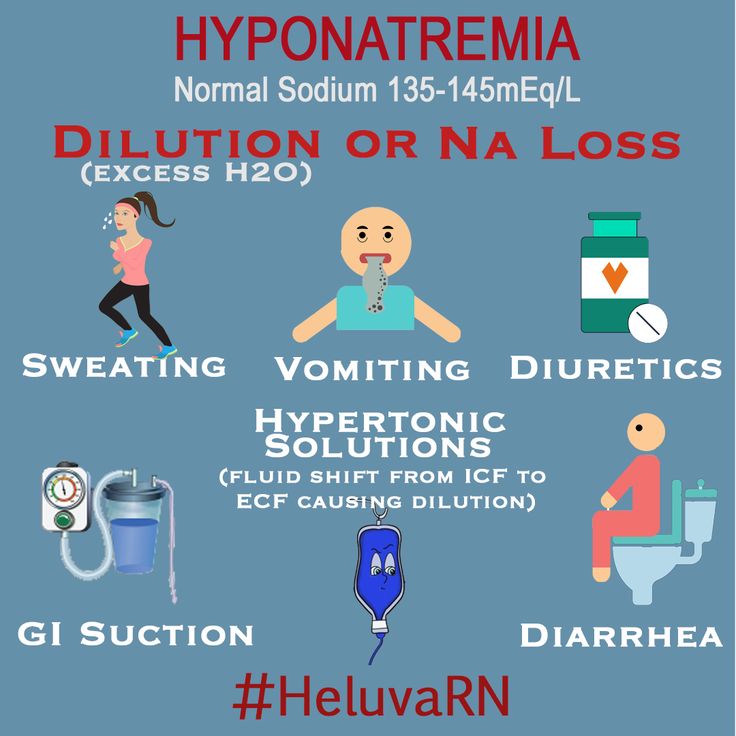How To Code Hyponatremia Icd 10? Easy Solution

Hyponatremia, a condition where the sodium levels in the blood are lower than normal, is crucial to code accurately for medical records and billing purposes. The ICD-10 (International Classification of Diseases, 10th Revision) provides specific codes for various conditions, including hyponatremia. To code hyponatremia in ICD-10, you’ll need to understand the structure of the ICD-10 codes and how hyponatremia fits into this system.
Understanding ICD-10 Structure
ICD-10 codes are alphanumeric and consist of up to seven characters. The first character is always a letter (A-Z), and the second and third characters are always numbers (0-9). The fourth, fifth, sixth, and seventh characters can be either letters or numbers, depending on the level of specificity required for the diagnosis.
Finding the Hyponatremia Code
Hyponatremia is classified under the category of “Disorders of electrolyte and water balance” in the ICD-10 manual. The code for hyponatremia is found by navigating through the ICD-10 manual or using an electronic coding resource.
- The code for hyponatremia is E87.1. This code specifically represents “Hyponatremia.”
Coding Considerations
Specifying the Type of Hyponatremia: If the type of hyponatremia (e.g., acute, chronic, or unspecified) is documented, it’s essential to choose the code that best reflects the diagnosis. However, E87.1 does not differentiate between acute and chronic; it is a general code for hyponatremia.
Coding for Underlying Causes: If an underlying cause for the hyponatremia is identified (e.g., heart failure, liver disease, syndrome of inappropriate antidiuretic hormone secretion - SIADH), you should also code the underlying condition. This is because the presence of an underlying condition can affect treatment and prognosis.
Associated Symptoms: If the patient presents with symptoms related to the hyponatremia, such as headache, nausea, or confusion, these symptoms should be coded separately if they are not included in the code for the underlying condition.
Example of Coding
- E87.1 - Hyponatremia
- I50.9 - Heart failure, unspecified (if heart failure is the underlying cause)
- K76.1 - Chronic passive congestion of liver (if liver disease is the underlying cause)
- E22.2 - Syndrome of inappropriate antidiuretic hormone secretion (if SIADH is the cause)
Conclusion
Coding hyponatremia in ICD-10 involves understanding the condition itself and navigating the ICD-10 manual or an electronic coding resource to find the appropriate code. It’s crucial to specify any underlying causes and associated symptoms to ensure comprehensive coding that reflects the patient’s condition accurately.
FAQ Section

What is the ICD-10 code for hyponatremia?
+The ICD-10 code for hyponatremia is E87.1.
Should I code the underlying cause of hyponatremia as well?
+Yes, if an underlying cause for the hyponatremia is identified, you should also code the underlying condition.
How do I code associated symptoms of hyponatremia?
+If the patient presents with symptoms related to the hyponatremia, such as headache, nausea, or confusion, these symptoms should be coded separately if they are not included in the code for the underlying condition.